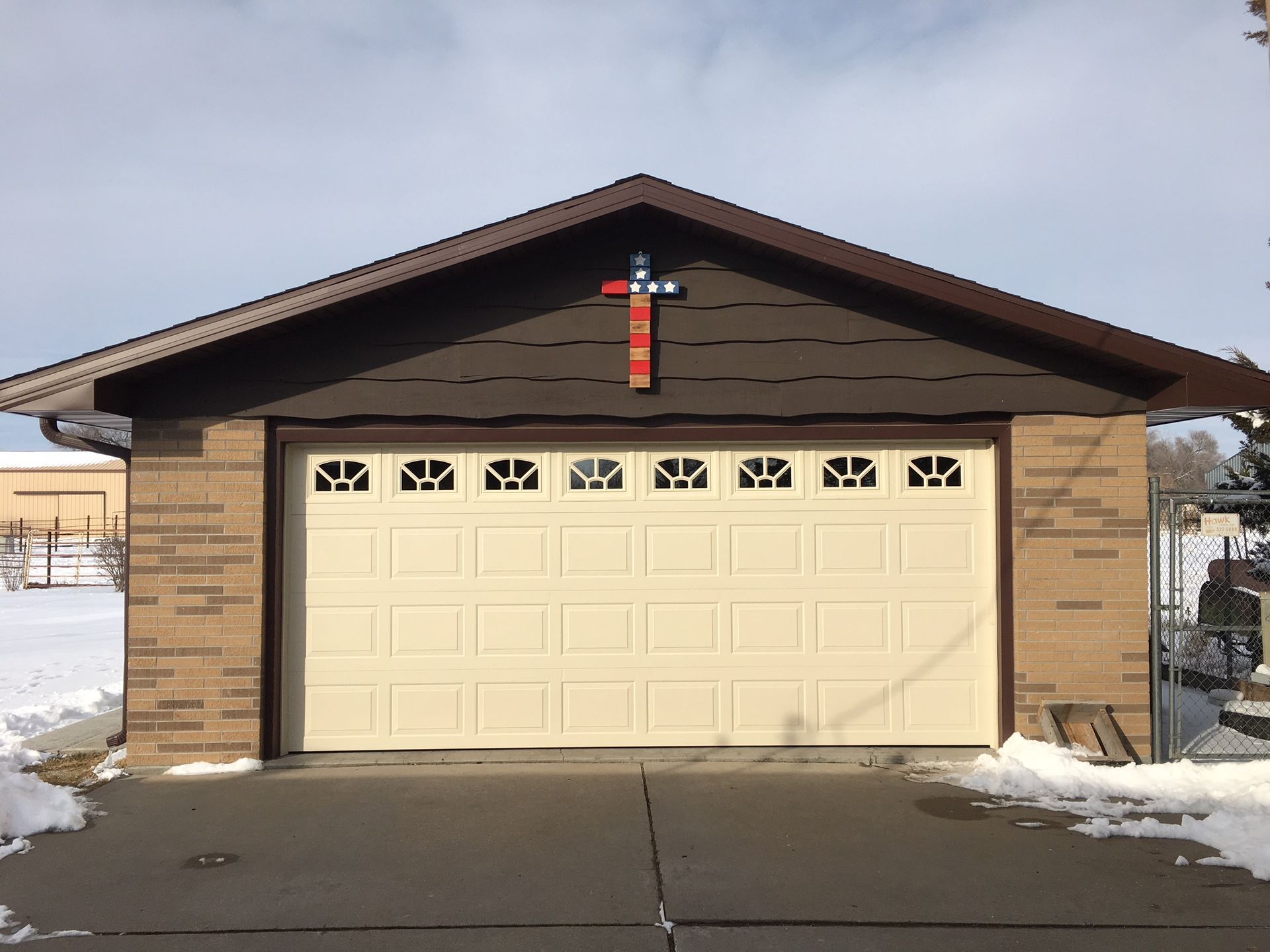The color of your roof affects more than just the look of your home—it can influence your energy efficiency and comfort. Let’s dive into the science of roof colors to determine which one is best for your climate.
How Roof Color Affects Heat Retention and Cooling
Roof color has a direct impact on how much heat your roof absorbs. Darker colors, like black, trap heat, warming your home, while lighter roofs, like white, reflect sunlight and help maintain a cooler indoor temperature.
Deciding Between Light or Dark Roofs Based on Climate
The color of your roof should be based on your region’s climate:
- Hot Climates: If you live in a hot climate, a white or light-colored roof will help reflect the sun's heat, keeping your home cooler and saving on energy bills.
- Cold Weather Areas: Darker roofs can help absorb sunlight, retaining warmth and reducing heating bills.
- Temperate Climates: A balanced choice might involve neutral or slightly darker shades, depending on your home's insulation.
Energy Efficiency and the Urban Heat Island Effect
White roofs are particularly useful for combating the urban heat island effect, where cities experience higher temperatures due to the prevalence of dark roofs and surfaces. These roofs help lower city temperatures and reduce overall energy use.
Expert Tips from Weathercraft on Selecting Roof Colors
Here are some key factors to consider when choosing your roof color:
- Climate Considerations: Consider your region's typical weather to select the most effective roof color.
- Roof Material Compatibility: Check that your roofing material is compatible with the selected color.
- Home Aesthetic: Choose a color that complements your home’s overall aesthetic.
- Long-Term Savings: Weigh the initial cost against future savings on energy bills.
Weathercraft’s experts are here to help you select the best roof color and material for your home and budget.
